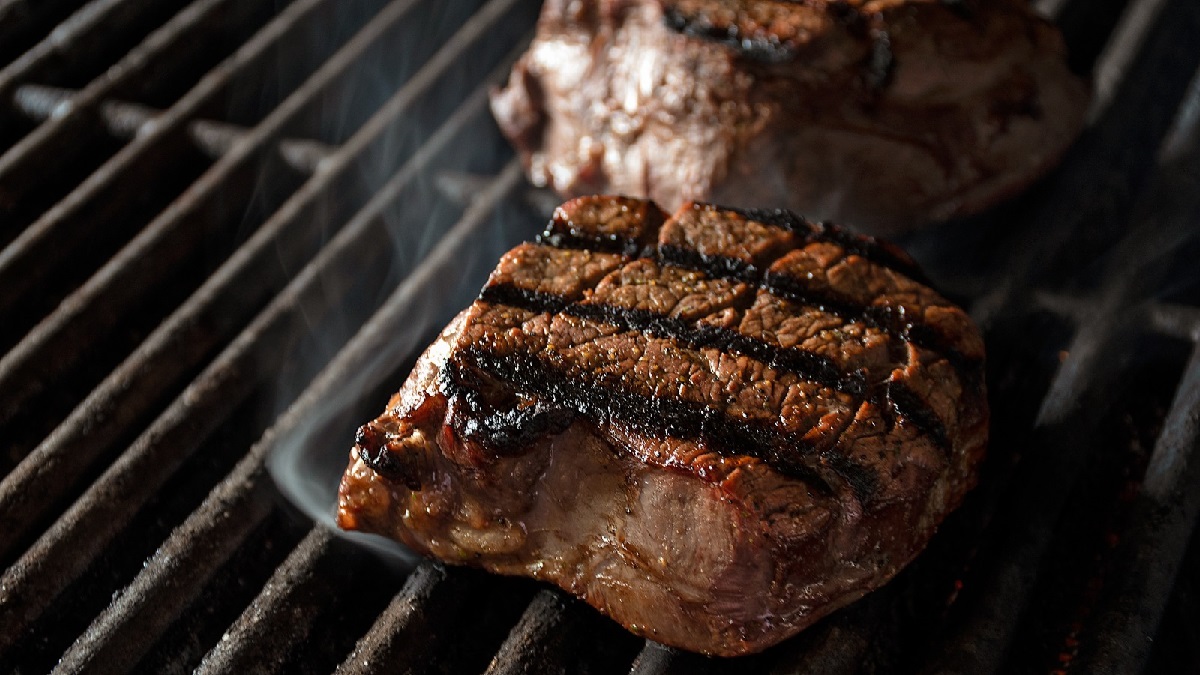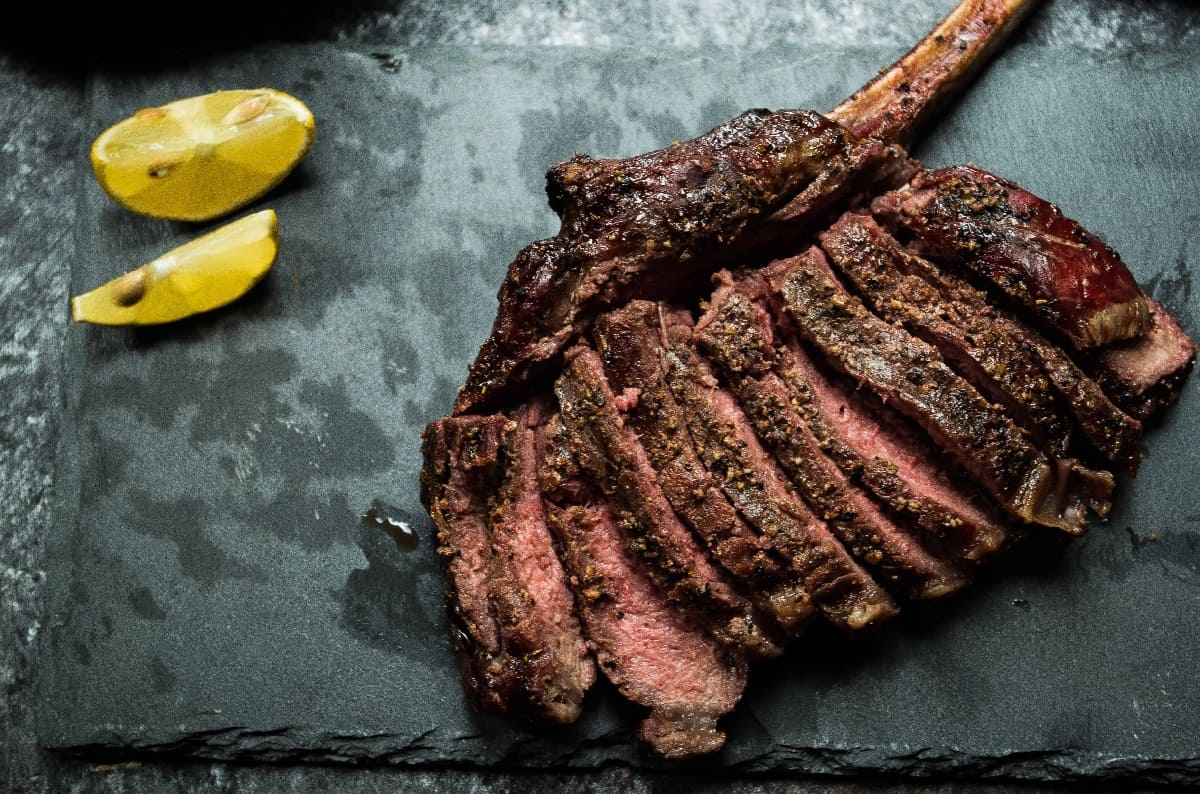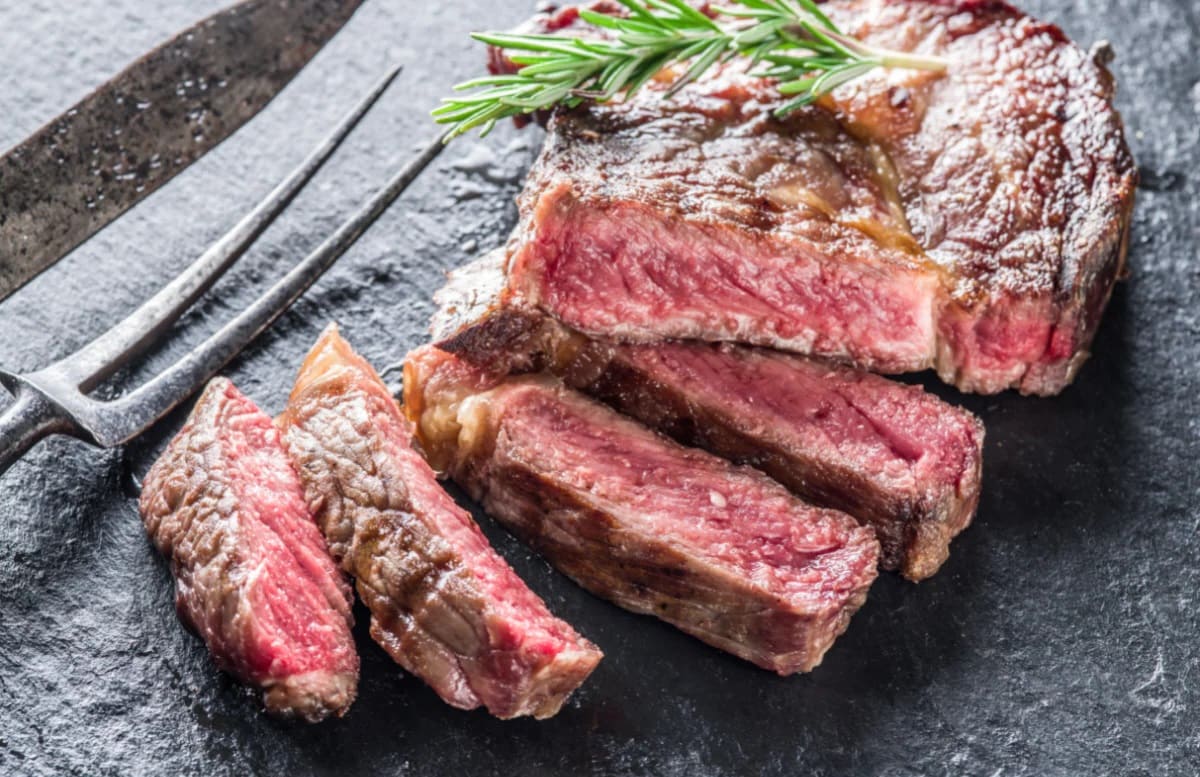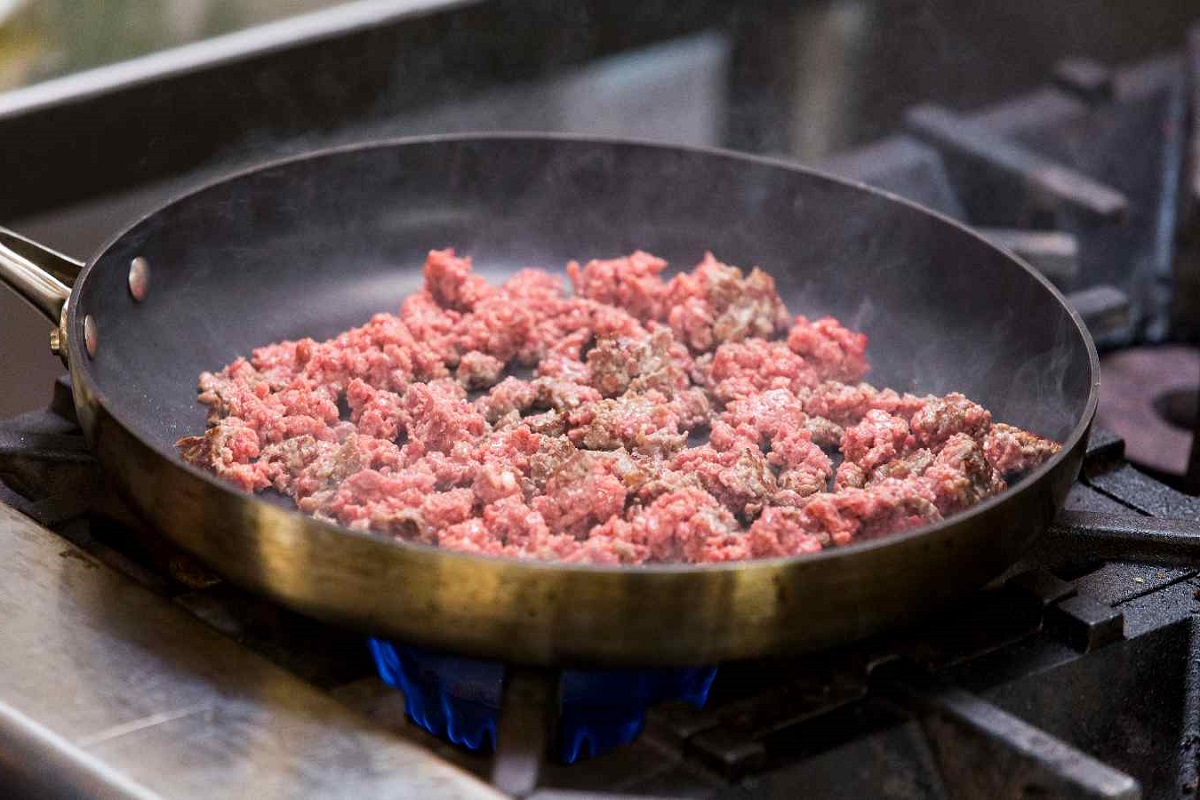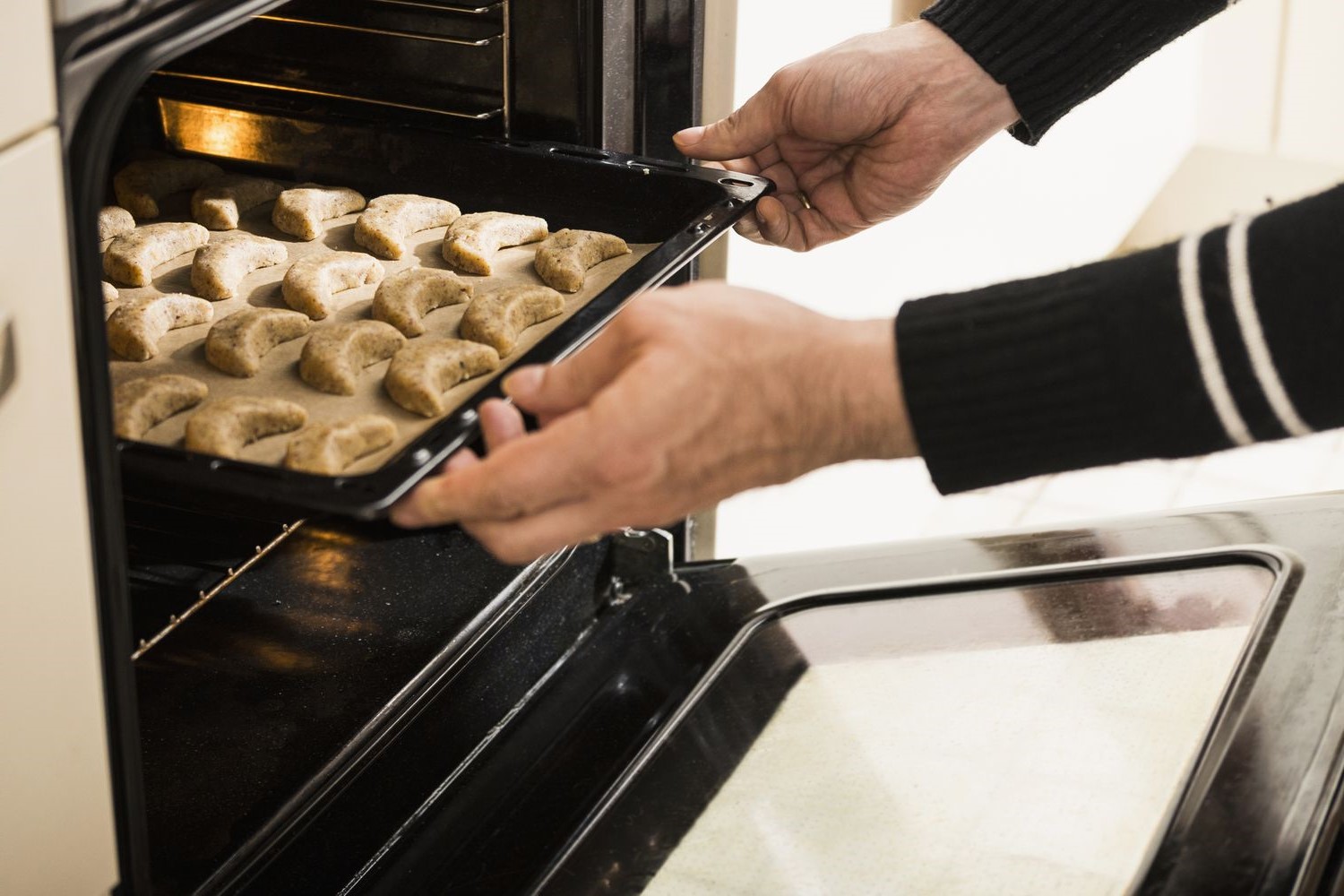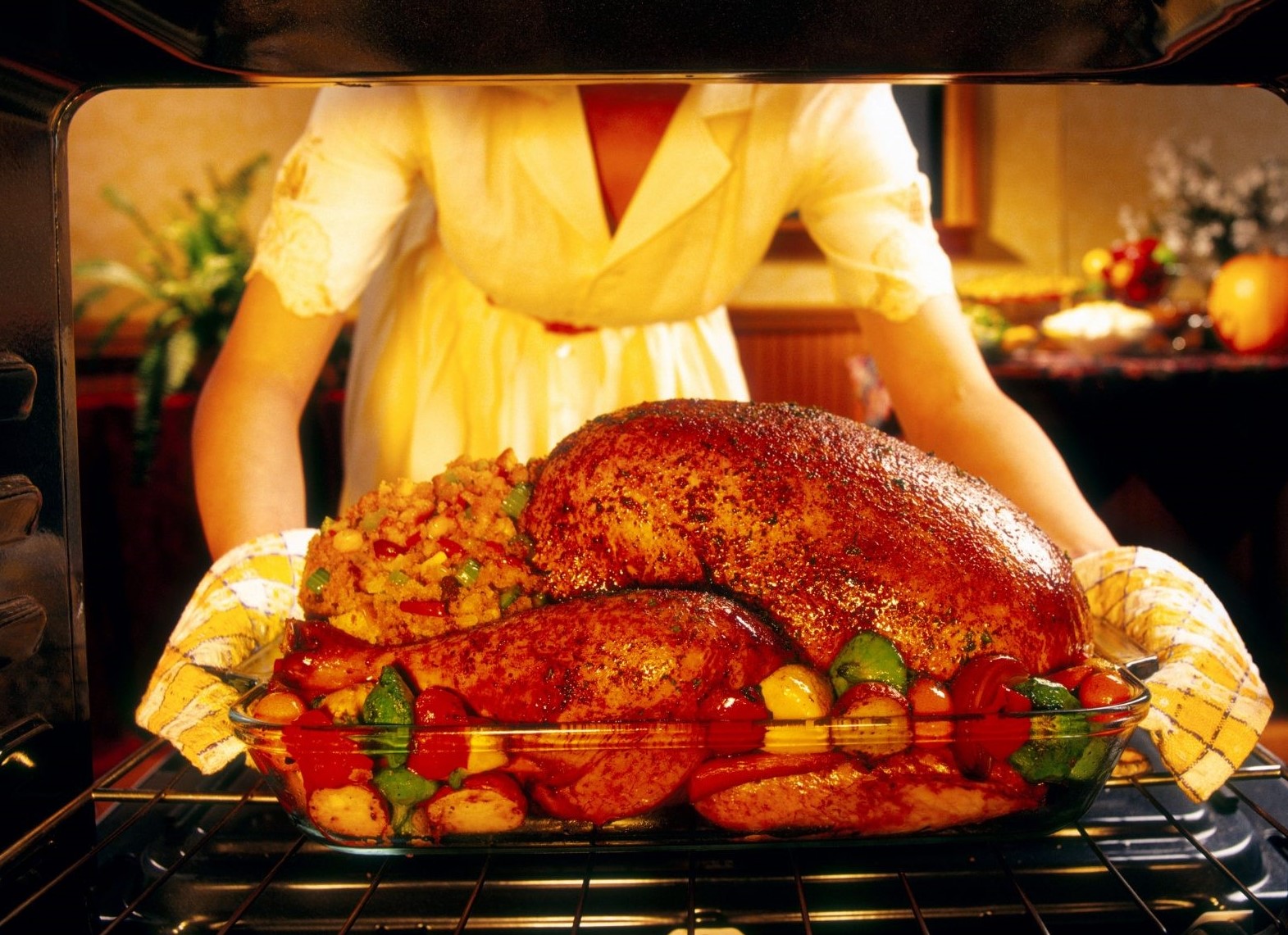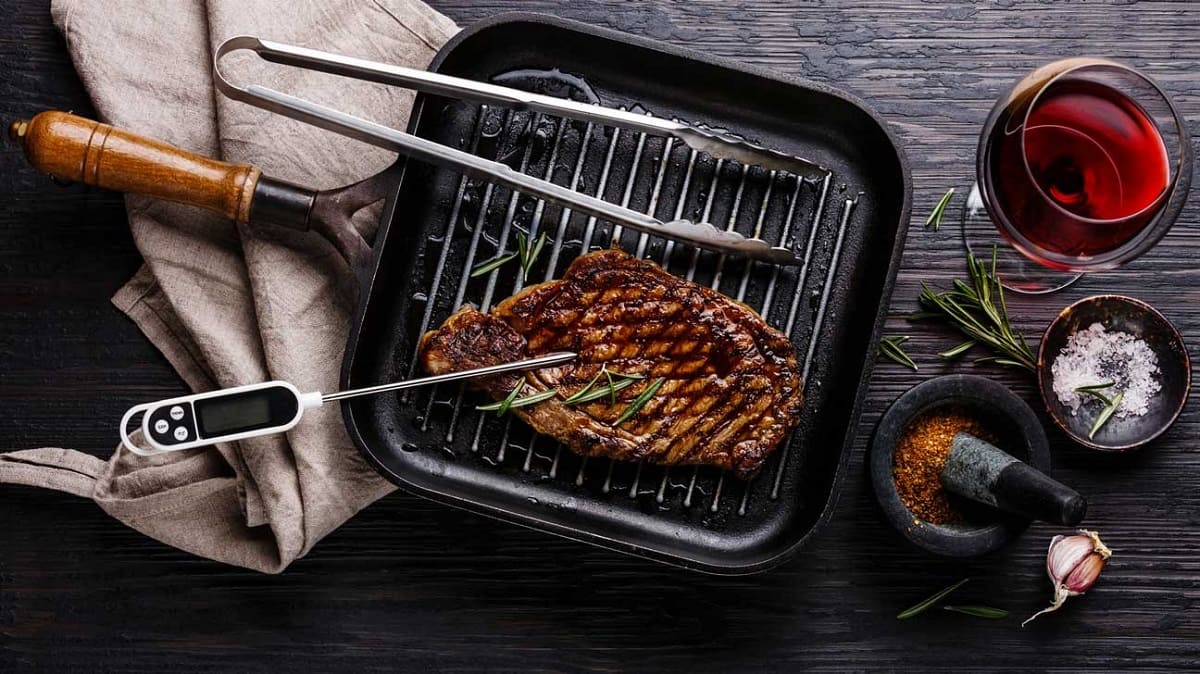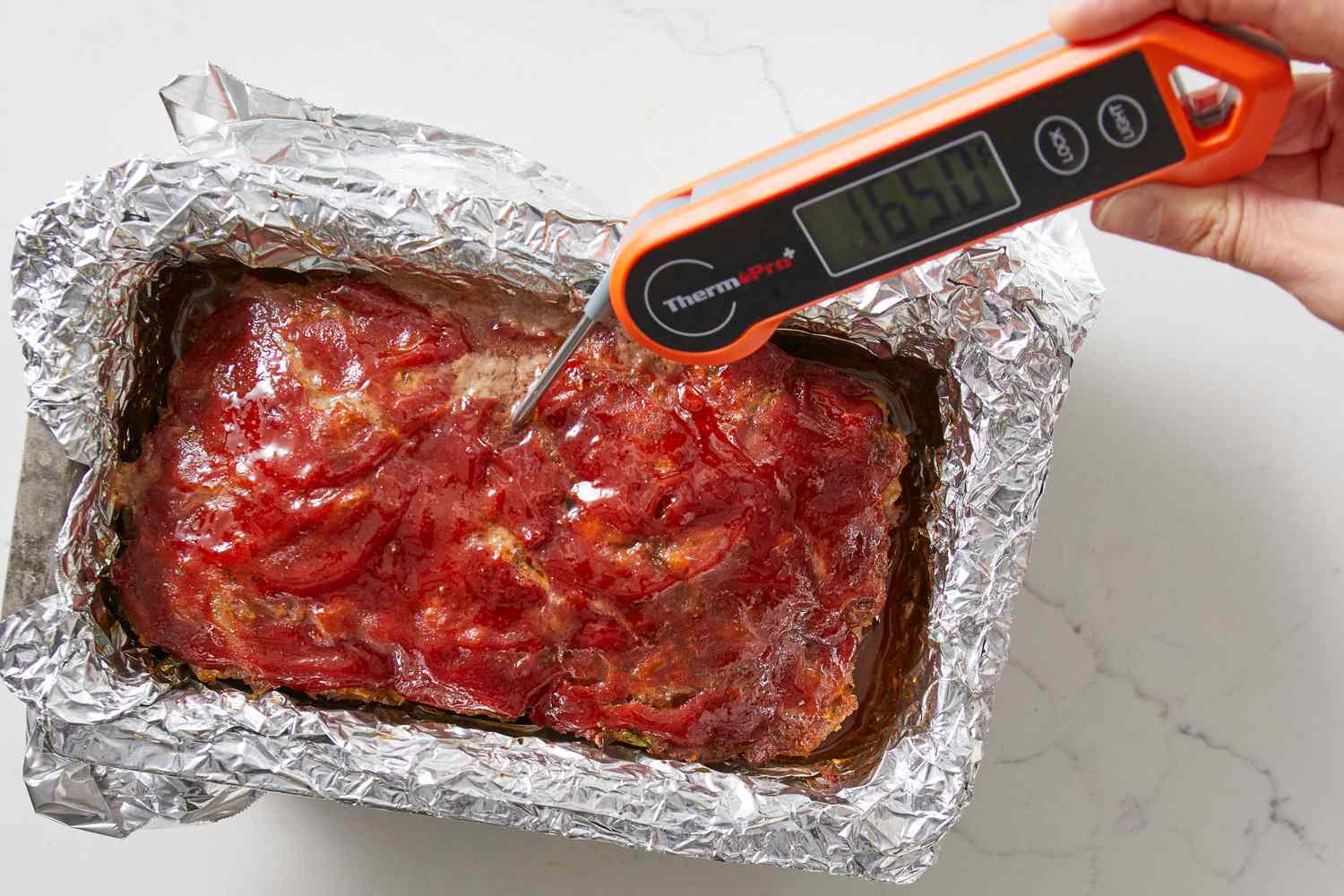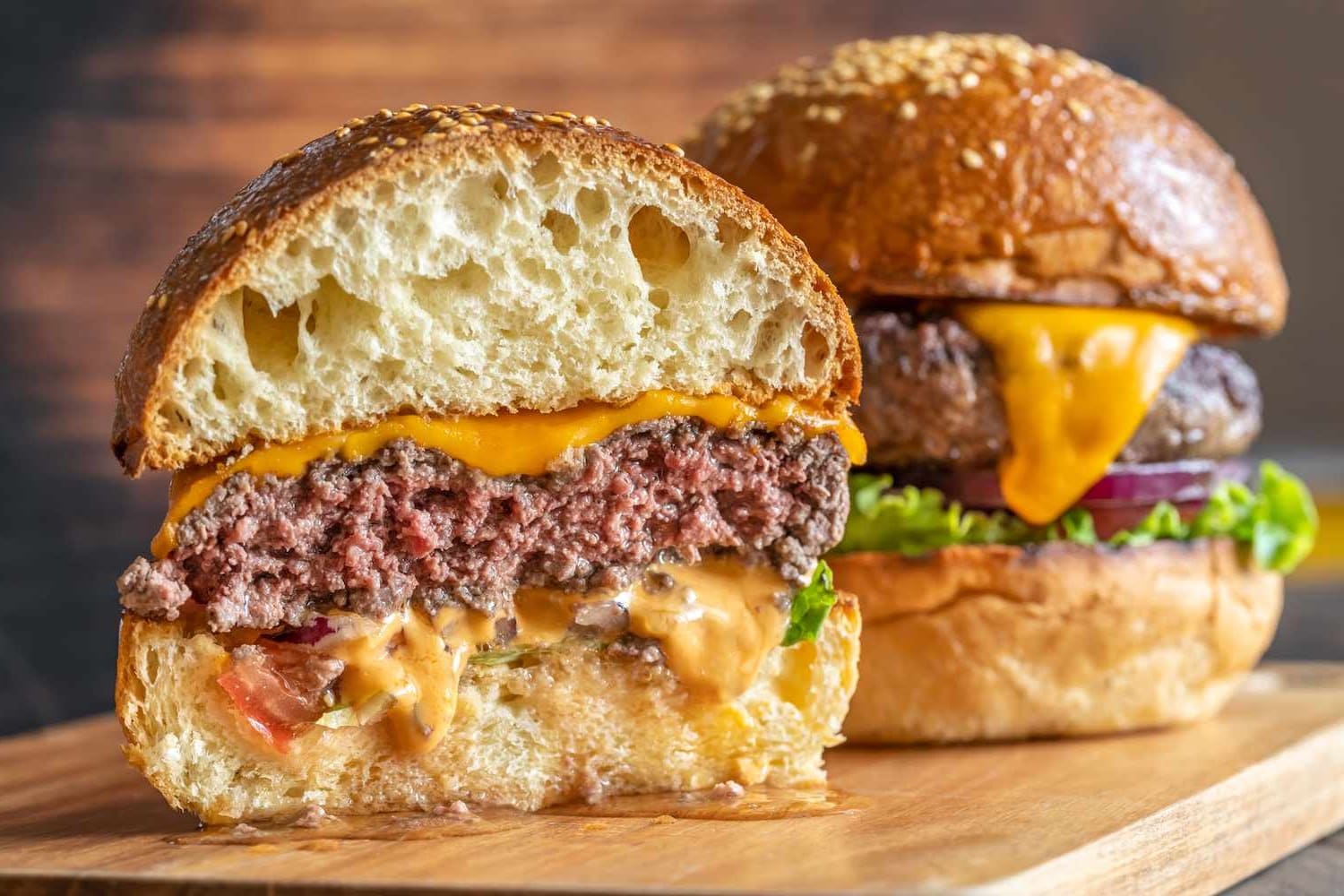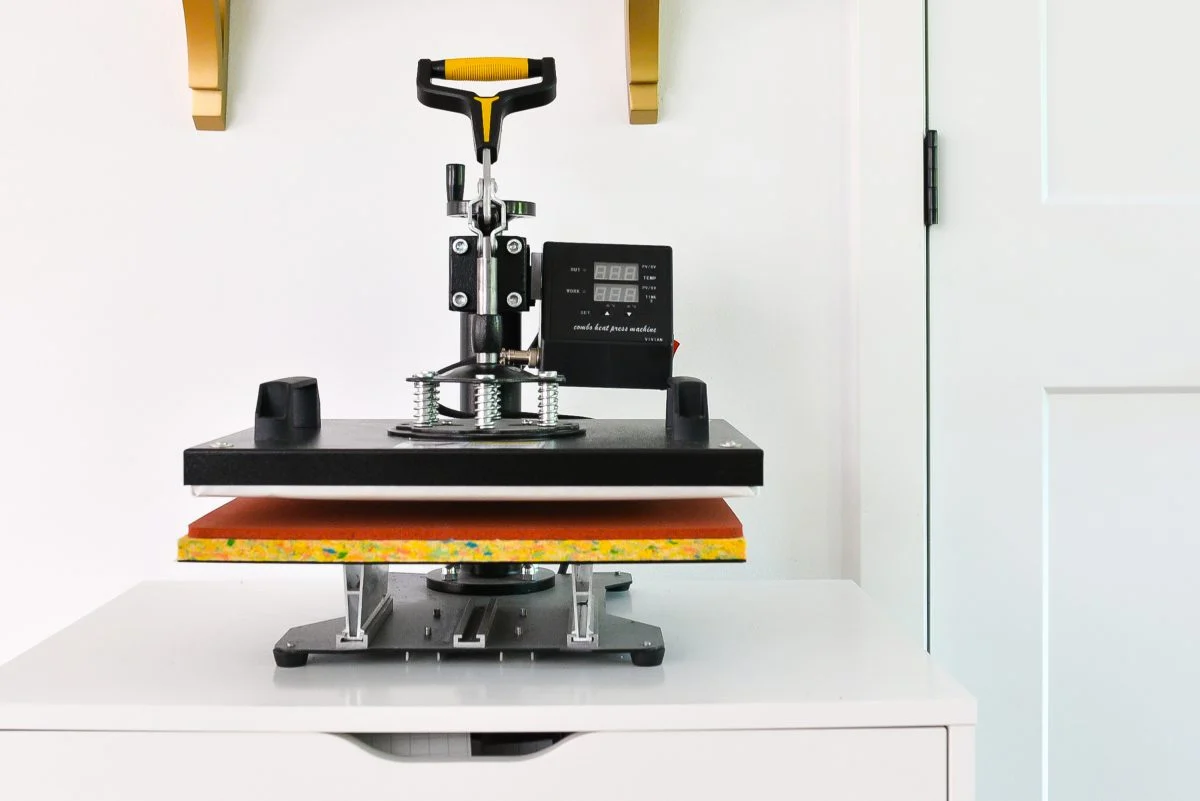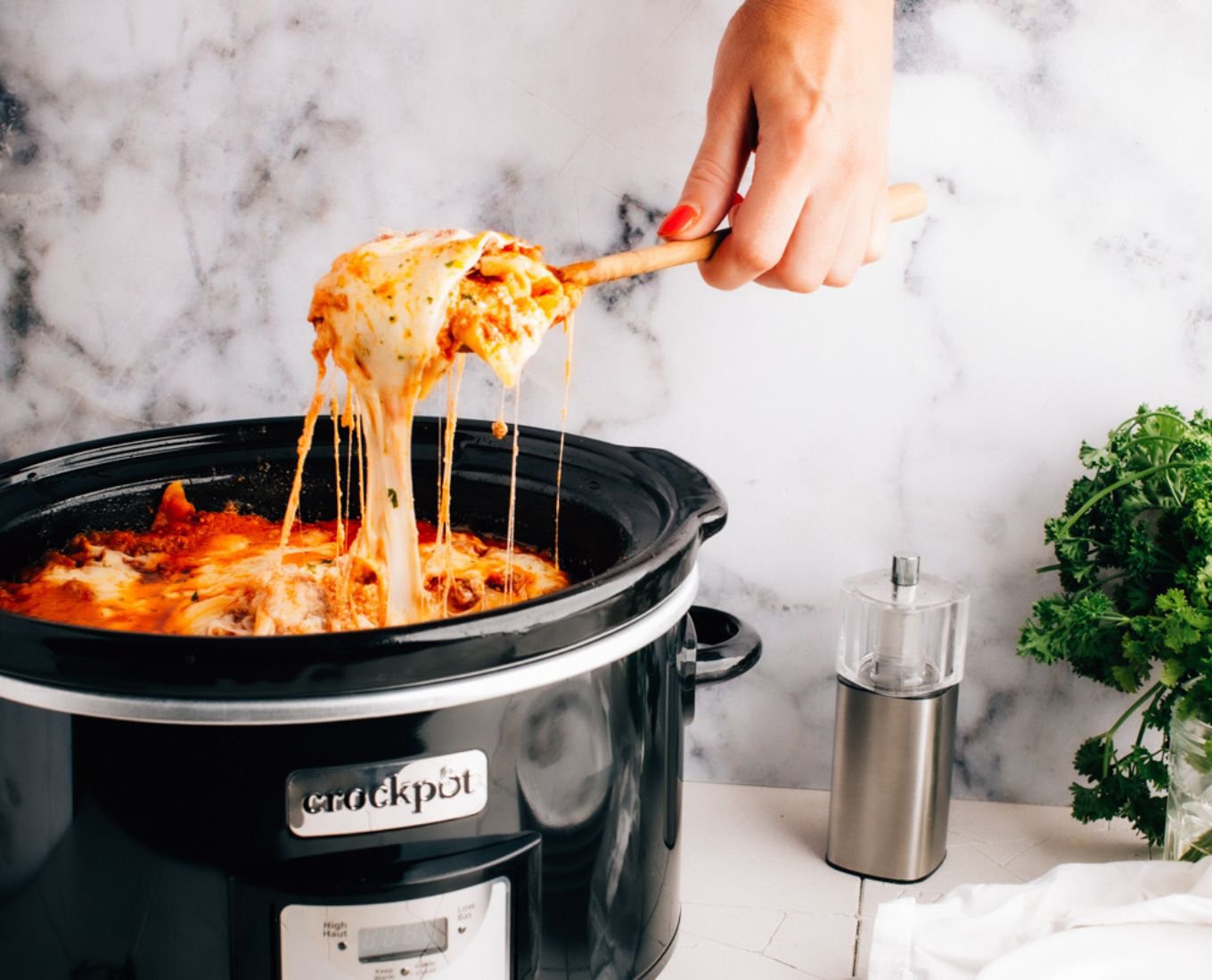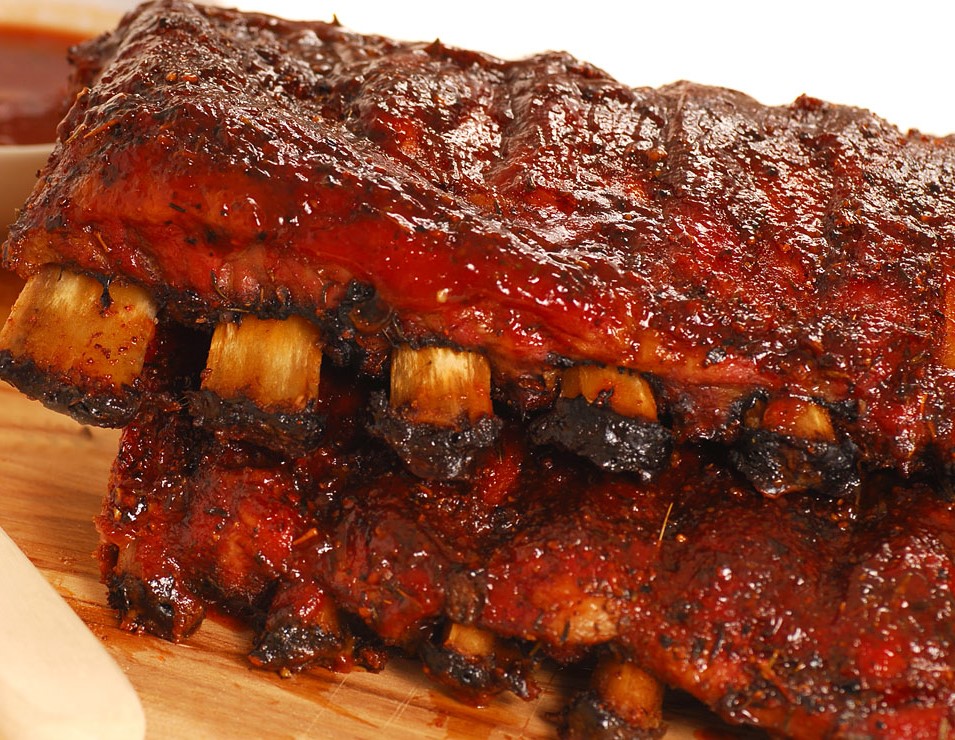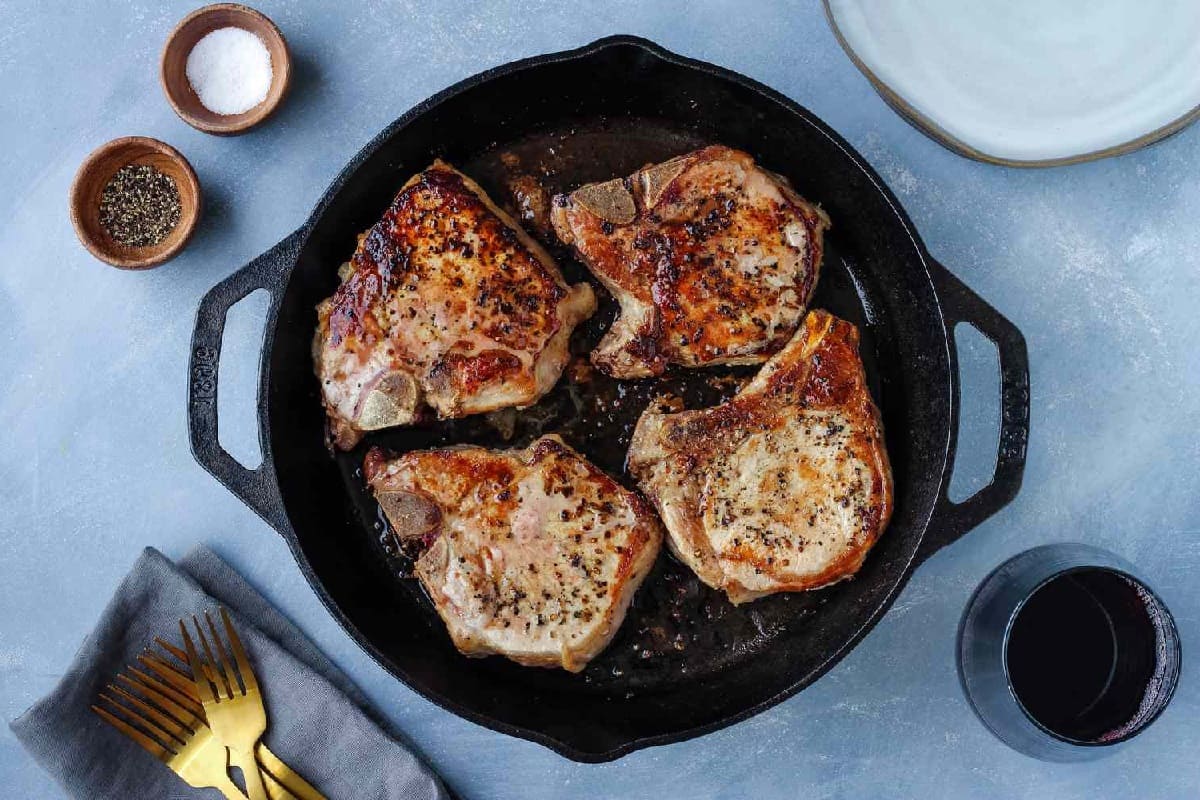Home>Culinary & Beverages>Optimizing Oven Temperature For Perfect Cooking Results


Culinary & Beverages
Optimizing Oven Temperature For Perfect Cooking Results
Published: February 22, 2024
Discover the best oven temperature for perfect cooking results with our culinary and beverages guide. Optimize your cooking experience today!
(Many of the links in this article redirect to a specific reviewed product. Your purchase of these products through affiliate links helps to generate commission for Temperatures.com, at no extra cost. Learn more)
Table of Contents
Understanding the Importance of Oven Temperature
Oven temperature plays a pivotal role in the outcome of any culinary endeavor. Whether you're baking delicate pastries, roasting savory meats, or broiling vegetables, the temperature at which your oven operates significantly influences the final result. Understanding the importance of oven temperature is fundamental to achieving culinary perfection.
When it comes to baking, the right oven temperature is crucial for the chemical reactions that occur during the process. For instance, when making bread, the yeast requires a warm environment to activate and leaven the dough, resulting in a light and airy texture. Similarly, when baking cookies, the ideal oven temperature ensures that the dough spreads and rises evenly, leading to a perfect balance of crispness and chewiness in the finished product.
In the realm of roasting, the oven temperature directly impacts the Maillard reaction, a chemical process that gives roasted meats and vegetables their characteristic flavor and color. The Maillard reaction occurs most effectively at specific temperature ranges, and achieving the ideal temperature ensures that the exterior of the food caramelizes to perfection while the interior cooks to the desired level of doneness.
Moreover, precise oven temperature is essential for ensuring food safety. Cooking meat, poultry, and seafood at the recommended temperatures kills harmful bacteria, safeguarding against foodborne illnesses. This underscores the critical role of oven temperature in not only culinary excellence but also in maintaining health and well-being.
In essence, the importance of oven temperature cannot be overstated. It is the cornerstone of successful cooking and baking, influencing everything from texture and flavor to food safety. By understanding and mastering the nuances of oven temperature, culinary enthusiasts can elevate their dishes to new heights of perfection.
Factors Affecting Oven Temperature
Several factors can influence the accuracy and consistency of oven temperature, ultimately impacting the outcome of culinary endeavors. Understanding these variables is crucial for maintaining precise control over the cooking environment and achieving optimal results.
-
Calibration: Over time, ovens can experience calibration drift, leading to inaccurate temperature readings. A deviation of just a few degrees can significantly affect the cooking process. Regular calibration ensures that the oven operates at the intended temperature, promoting reliable and consistent results.
-
Placement of Thermometer: The placement of the oven thermometer can impact the accuracy of temperature readings. Placing the thermometer near the oven door or in close proximity to the heating elements may yield misleading results. Optimal placement involves positioning the thermometer at the center of the oven to obtain a true reflection of the internal temperature.
-
Preheating Time: Inadequate preheating can lead to temperature fluctuations during the cooking process. Allowing the oven to preheat for the recommended duration ensures that the cooking environment reaches the desired temperature, setting the stage for even and consistent heat distribution.
-
Quality of Insulation: The insulation of the oven influences its ability to retain heat. Poor insulation can result in heat loss, leading to temperature variations and prolonged cooking times. Ensuring that the oven's insulation is intact and effective is essential for maintaining a stable and reliable cooking environment.
-
Environmental Factors: External elements, such as ambient temperature and humidity, can impact oven performance. Extreme environmental conditions can affect the oven's ability to maintain consistent temperature levels. Awareness of these factors allows for necessary adjustments to compensate for external influences.
-
Frequency of Door Opening: Repeatedly opening the oven door during the cooking process can cause rapid temperature fluctuations. Each time the door is opened, heat escapes, and the oven compensates by activating the heating elements to restore the set temperature. Minimizing unnecessary door openings promotes a stable cooking environment.
By recognizing and addressing these factors, culinary enthusiasts can take proactive measures to mitigate potential issues and optimize oven temperature control. This, in turn, empowers them to achieve precise and consistent cooking and baking results, elevating the quality of their culinary creations.
Finding the Ideal Temperature for Different Dishes
When it comes to cooking, finding the ideal oven temperature for different dishes is a nuanced art that can significantly impact the final outcome. Each culinary creation, from delicate pastries to hearty roasts, demands a specific temperature to achieve perfection. Understanding the ideal temperature ranges for various dishes is essential for mastering the culinary craft.
Baking Delights
For delicate pastries, such as flaky croissants or tender sponge cakes, lower temperatures in the range of 325°F to 375°F (163°C to 190°C) are ideal. These temperatures allow the pastries to rise gently and evenly, resulting in a light and airy texture. On the other hand, dense and moist cakes, like rich chocolate cakes or decadent fruitcakes, benefit from slightly higher temperatures, typically around 350°F to 375°F (177°C to 190°C), promoting a moist interior while achieving a golden crust.
Roasting Savory Meats
When it comes to roasting meats, the ideal temperature varies based on the type of meat and desired level of doneness. For tender cuts like beef tenderloin or pork loin, a higher temperature of 375°F to 425°F (190°C to 218°C) is recommended to achieve a caramelized exterior while maintaining a juicy interior. Conversely, tougher cuts such as brisket or pork shoulder benefit from lower temperatures around 250°F to 325°F (121°C to 163°C) for a slow and gentle cooking process, resulting in succulent and fork-tender meat.
Perfectly Cooked Poultry
Poultry, including chicken and turkey, requires precise temperature control to ensure thorough cooking while retaining moisture. The recommended temperature range for poultry is typically 375°F to 425°F (190°C to 218°C), allowing the skin to crisp while the meat cooks to a safe internal temperature, ensuring a delectably juicy and flavorful outcome.
Bountiful Vegetables
When roasting vegetables, the ideal temperature falls within the range of 375°F to 425°F (190°C to 218°C). This temperature range promotes caramelization, enhancing the natural sweetness of the vegetables while maintaining a tender yet slightly crisp texture.
Seafood Sensations
For seafood, such as salmon or sea bass, a moderate oven temperature of 375°F to 400°F (190°C to 204°C) is recommended. This gentle heat allows the fish to cook evenly, resulting in a moist and flaky texture with a beautifully bronzed exterior.
By understanding and adhering to the ideal temperature ranges for different dishes, culinary enthusiasts can elevate their creations to new heights, ensuring that each dish is cooked to perfection, bursting with flavor, and showcasing impeccable texture and consistency.
Tips for Maintaining Consistent Oven Temperature
Consistency in oven temperature is paramount for achieving culinary excellence. To ensure that your oven operates at a steady and reliable temperature, consider the following tips:
-
Regular Calibration: Schedule routine calibration checks for your oven to verify its temperature accuracy. This can be done using an oven thermometer, which provides an independent assessment of the actual temperature inside the oven. If discrepancies are identified, recalibration may be necessary to align the displayed temperature with the true internal heat levels.
-
Proper Preheating: Allow sufficient time for the oven to preheat to the desired temperature before introducing your culinary creations. Preheating ensures that the cooking environment reaches the intended heat level, minimizing temperature fluctuations during the cooking process.
-
Avoiding Overcrowding: When preparing multiple dishes simultaneously, ensure that there is ample space between the items to allow for proper air circulation. Overcrowding the oven can obstruct the flow of heat, leading to uneven cooking and potential temperature variations.
-
Minimizing Door Openings: Limit the frequency of opening the oven door during the cooking process. Each time the door is opened, heat escapes, and the oven compensates by activating the heating elements to restore the set temperature. Minimizing unnecessary door openings promotes a stable cooking environment.
-
Positioning Oven Racks: Proper placement of oven racks can impact heat distribution. Positioning the racks at the recommended levels for specific dishes ensures that the heat is evenly dispersed, promoting consistent cooking results.
-
Quality Oven Thermometer: Invest in a high-quality oven thermometer to accurately monitor the internal temperature. This provides an additional layer of assurance, allowing you to verify that the oven maintains the desired heat levels throughout the cooking duration.
-
Maintaining Oven Seals: Inspect and maintain the integrity of the oven door seals to prevent heat loss. Damaged or worn seals can compromise the oven's ability to retain heat, leading to temperature fluctuations and prolonged cooking times.
By implementing these tips, you can significantly enhance your ability to maintain a consistent oven temperature, empowering you to create culinary masterpieces with precision and confidence.
Adjusting Oven Temperature for Even Cooking
Achieving even cooking throughout the culinary process is a hallmark of culinary mastery, and the ability to adjust oven temperature plays a pivotal role in this pursuit. Whether you're preparing delicate pastries, succulent roasts, or vibrant vegetable medleys, the capacity to fine-tune oven temperature ensures that every element of your dish receives uniform heat, resulting in a harmonious blend of flavors and textures.
One of the primary considerations when adjusting oven temperature for even cooking is the inherent variability among different ovens. While a recipe may specify a particular temperature and duration for a dish, it is essential to recognize that individual ovens may deviate from these guidelines. Therefore, understanding your specific oven's tendencies and making necessary adjustments is key to achieving consistent and uniform cooking results.
When aiming for even cooking, it's crucial to consider the distribution of heat within the oven. Hot spots and uneven heat circulation can lead to disparities in the doneness of different components of a dish. To address this, strategic adjustments to the oven temperature can compensate for these variations, promoting uniform cooking from edge to center.
Furthermore, the type of cookware and its placement within the oven can influence the distribution of heat. Dark-colored pans absorb more heat than their lighter counterparts, potentially leading to uneven cooking. By adjusting the oven temperature based on the characteristics of the cookware and its placement within the oven, you can mitigate potential discrepancies in heat distribution, fostering an environment conducive to even cooking.
Moreover, certain dishes, such as soufflés and delicate pastries, are particularly sensitive to temperature differentials. Fine adjustments to the oven temperature can be the differentiating factor between a perfectly risen soufflé and a deflated disappointment. By closely monitoring the cooking process and making real-time adjustments to the oven temperature, you can safeguard against under or overcooking, ensuring that every element of your creation is impeccably cooked.
In essence, the art of adjusting oven temperature for even cooking is a dynamic and responsive process that demands attentiveness and precision. By understanding the nuances of your oven, the characteristics of your cookware, and the specific requirements of your dishes, you can harness the power of temperature adjustment to orchestrate a symphony of even cooking, resulting in culinary creations that are consistently exquisite from the first bite to the last.
Using Oven Thermometers for Accurate Results
Oven thermometers are indispensable tools for ensuring precise and consistent cooking and baking results. While modern ovens are equipped with built-in temperature controls, relying solely on the oven's display can lead to inaccuracies and inconsistencies. Oven thermometers provide an independent assessment of the internal temperature, offering a reliable means of verifying and adjusting the oven's heat levels to align with the desired settings.
To use an oven thermometer effectively, it should be placed in the center of the oven, away from any direct contact with the oven walls or heating elements. This positioning ensures that the thermometer accurately reflects the overall temperature distribution within the cooking environment, providing a true representation of the heat levels experienced by the culinary creations.
When preheating the oven, the thermometer allows for precise monitoring of the temperature ramp-up, ensuring that the oven reaches the intended heat level before introducing the food. This minimizes the risk of premature cooking or temperature fluctuations during the initial stages of the culinary process.
During the cooking or baking process, the oven thermometer serves as a vigilant sentinel, continuously monitoring the internal temperature and alerting the cook to any deviations from the set parameters. This real-time feedback empowers the cook to make timely adjustments to the oven temperature, compensating for any fluctuations and maintaining a stable cooking environment.
Moreover, oven thermometers are particularly valuable for identifying and addressing potential hot spots within the oven. By observing the thermometer readings at various locations within the cooking chamber, cooks can gain insights into the distribution of heat and make informed decisions to promote even cooking throughout the culinary creations.
In the realm of baking, where precision is paramount, oven thermometers play a critical role in ensuring that delicate pastries rise evenly and develop the desired texture and color. By adhering to the recommended temperature ranges and making necessary adjustments based on the thermometer readings, bakers can achieve consistent and impeccable results with every batch.
In essence, the use of oven thermometers empowers cooks and bakers to take control of the cooking environment, fostering precision, consistency, and the assurance of accurate results. By leveraging the insights provided by these invaluable tools, culinary enthusiasts can elevate their creations to new heights of perfection, ensuring that every dish emerges from the oven with impeccable flavor, texture, and visual appeal.
